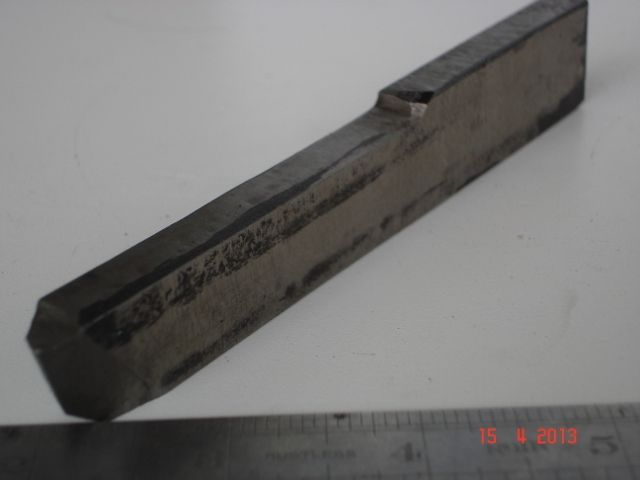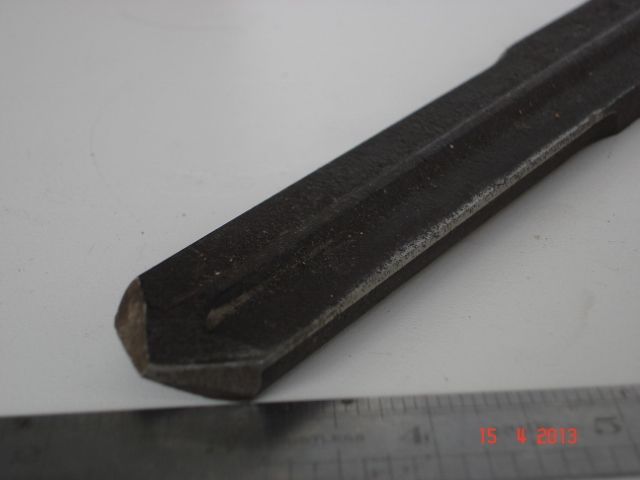Your question has to be answered within context Sean and whilst I am no expert, I'll try to explain from my experience and practice (and it's context).
"Can you make the cutting edge too sharp" – well the answer is yes – the cutting edge has to be sharp enough to cut well but if the tool angle is too acute, then the cutting edge has less support under it and it will be more fragile. So basically you need enough clearance to clear the work (without rubbing) and sufficient rake to cut the specific work material. The machine in use can also effect these considerations – my shaper tools have less clearance than my lathe tools because they need the extra strength (a shaper always effectively takes an interrupted cut).
So for roughing down (especially a harder material) you need the strongest 'edge' that will actually take the cut (the tool shape also helps), whereas for 'finishing' a sharper edge will obviously be better and the edge can be weaker because it will not take the same battering when making a lighter cut.
As for honing, this came up recently I think. I've seen folk who swear by it and others who say it's pointless but again it depends on the context. I hone some of my HSS tooling but not all. There are two general reasons I do this.
The first is that by sharpening in a two stage process (grinding – then honing) I can effectively create the main clearance angle and then a secondary (honed) smaller angle that not only gives a very sharp edge but is also much easier to quickly restore (e.g. re-sharpen or touch up) because not much HSS has to be removed. So this form of honing can be very useful for larger HSS tooling where grinding can be very slow and tedious. However, much of my HSS tools are (deliberately) small section (I've generally standardised on 3/16th) – simply because I don't need heavy section tools most of the time and also because it is very much quicker to shape and sharpen smaller tools.
Secondly, there are some small tools where I hone the 'whole' cutting edge (e.g. not two facets) because it's either just easier/simpler to do so – or there is no choice given the tool shape/size – but these are very small tools for small work I occasionally do mainly in brass. A fine finish on very small wok requires a very sharp edge (e.g. a hones one) but this is "my" context – not yours.
So for 'roughing' you may well find that honing is not helping at all, although the "two" angle approach can still make it easier to get a couple of quick 'tool refreshes' out of the HSS before you need to really grind it back – but this may not be "honing" per-se but simply a two facet grind. I don't do this on my shaper tooling as the angles tend to be smaller and on my larger lathe (S7) I use a Diamond tangential tool quite lot and never bother honing that – as it is obviously quite easy to sharpen but then it's not suitable for everything.
So my general advice to you would be – no need to hone a roughing tool but do try different clearances/rakes to learn which holds up best (and when). However, do experiment with honing your finishing tools, especially with the two facet method – it makes it quicker (and easier) to keep a tool sharp and you will therefore be more inclined to do so and keep it that way.
Regards,
IanT
Edited By IanT on 05/02/2017 11:39:11
Ian S C.






